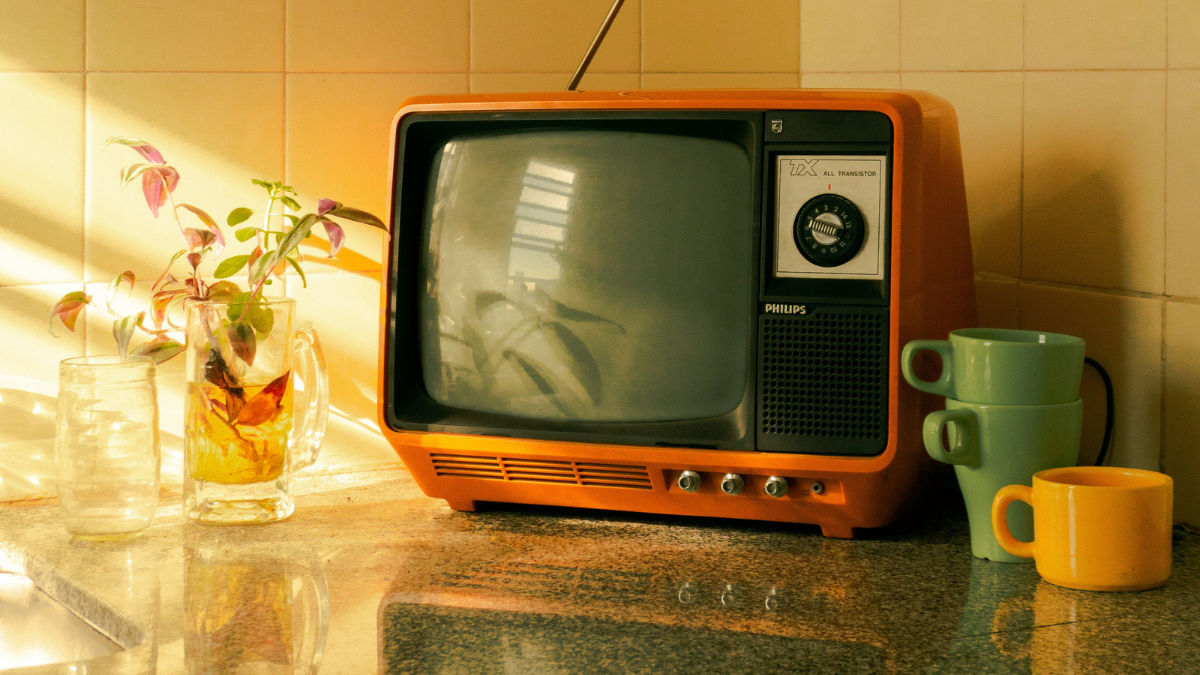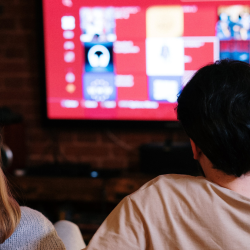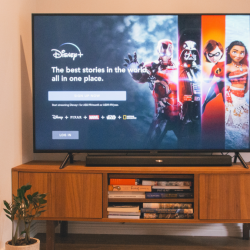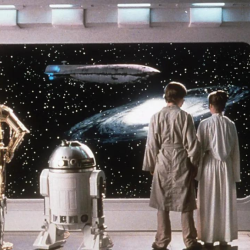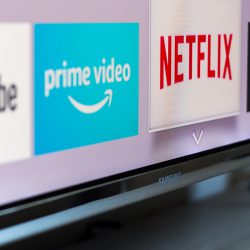The futurists who predicted the death of linear TV were sorely mistaken
This stalwart of a media channel is not going down without a fight. It seems that 2024 is the year that linear TV has made (and will continue to make) a resurgence, brought on by a touch of nostalgia with support from its social media cousins. Forget the days of binge-watching the latest series as it drops, avid fans across all genres are harking back to the days of tuning in to weekly episodes together. They crave that shared experience of eagerly anticipating and debating with friends, family, and work colleagues what the next instalment will deliver, then hunkering down on the sofa to watch the same show at exactly the same time each week.
In fact, it’s a little anti-social to binge-watch an entire season in a matter of days — especially if a colleague or friend has barely got past episode one. There’s not much that can be discussed about without running the risk of subjecting others to spoilers. But by flipping that on its head and with everyone watching last night’s episode at the same time, then there’s plenty to talk about the very next day. Social media is supporting its older media channel cousin — influencing this shift back to linear TV viewing in a big way. There’s no end to discussions about the importance of building communities on social media — this also relates to broadcast content.
After all, to be guaranteed a second, third or fourth series, there needs to be plenty of avid fans calling out for more. By providing an additional second screen social media is facilitating the ability to grow a TV show’s fan base. TikTok, Snap, X and Insta are enabling people to widen their community, coming together to discuss what’s happening in the episode in real-time. They often help to keep conversation happening between shows, too, as they dissect the previous episode and try and predict what’s going to happen next week.
Reacting in real-time
Fans of TV shows coming together is a great example of this type of community being formed around a shared interest. A great example of this is the success of the second series of BBC’s The Traitors.
After each episode social media became a shared living room space for people to come together and discuss the latest developments, even though they might not be in the same space physically. Timelines were awash with people’s theories; criticisms of Paul’s gameplay, laughter at Ross’s knowing wink and hordes of memes after each and every episode — especially Diane’s sparkly rosé-induced murder. All of this conversation and buzz makes those who aren’t watching feel like they’re missing out — driving new viewers to tune in next week. However, it was the final when this really reached a crescendo, as 8 million viewers tuned in to watch Harry dupe a very trusting Mollie, and take home the £95k prize fund.
The case for weekly releases
Airing a TV show on a weekly schedule also ensures that there is a regular burst of conversation and buzz each time an episode airs. If all of the episodes are released at once there will be a big spike in conversation on the day of the launch, which will eventually tail off as the weeks go on. With weekly releases, a broadcaster can ensure that that tail-off doesn’t happen until the last episode airs (in theory). Of course, there is still the need for a great TV show — engaging content or contenders — to begin with, but the decision on how to release the episodes can go a long way to ensure that people keep on talking about it for weeks to come. In an age of convenience and speed where it’s possible to watch over 100 TikToks in an hour, it’s perhaps a welcome break to have something rationed out over a short period of time. Not only does a return to the nostalgia of linear TV extend the enjoyment of one’s viewing experience, it has become something a viewer can look forward to watching on a schedule once more. Gone are the days of consuming a series in one sitting and finally switching off at 3am.
Paired with the still relatively new media of social, traditional TV has finally found new life. And I, for one, am here for it!
Featured image: Francisco Andreotti / Pexels

















